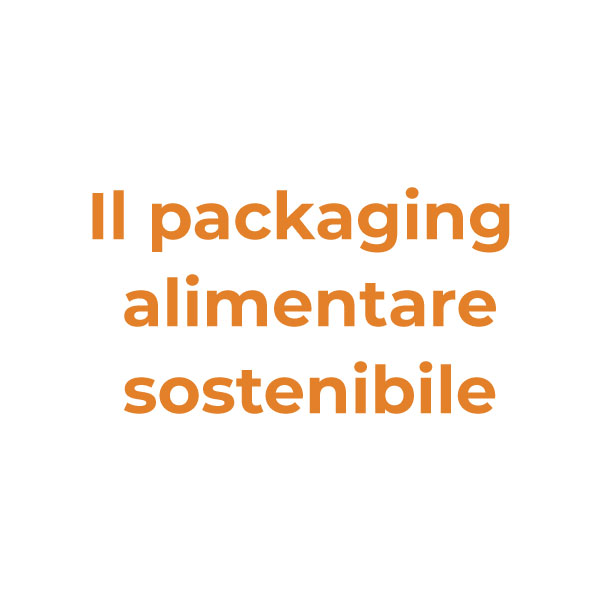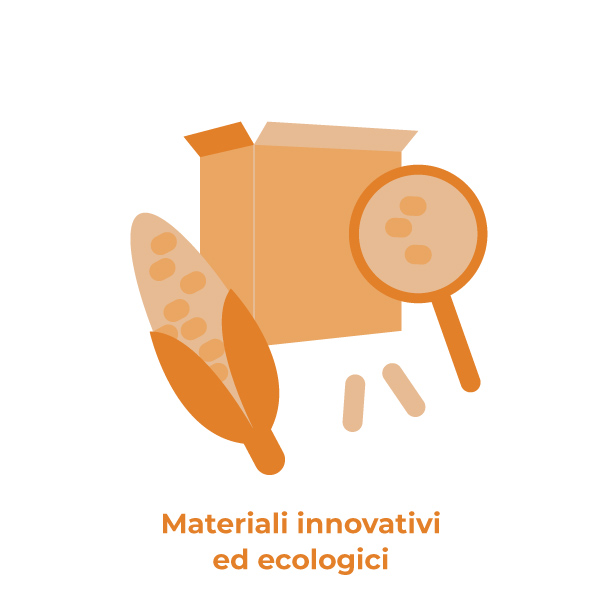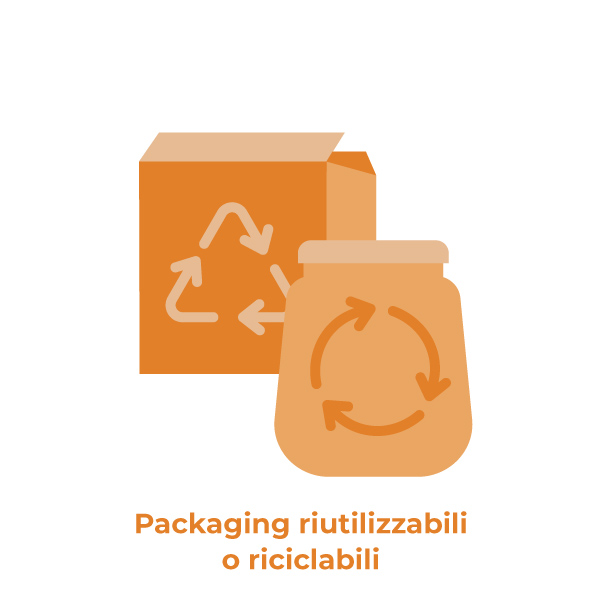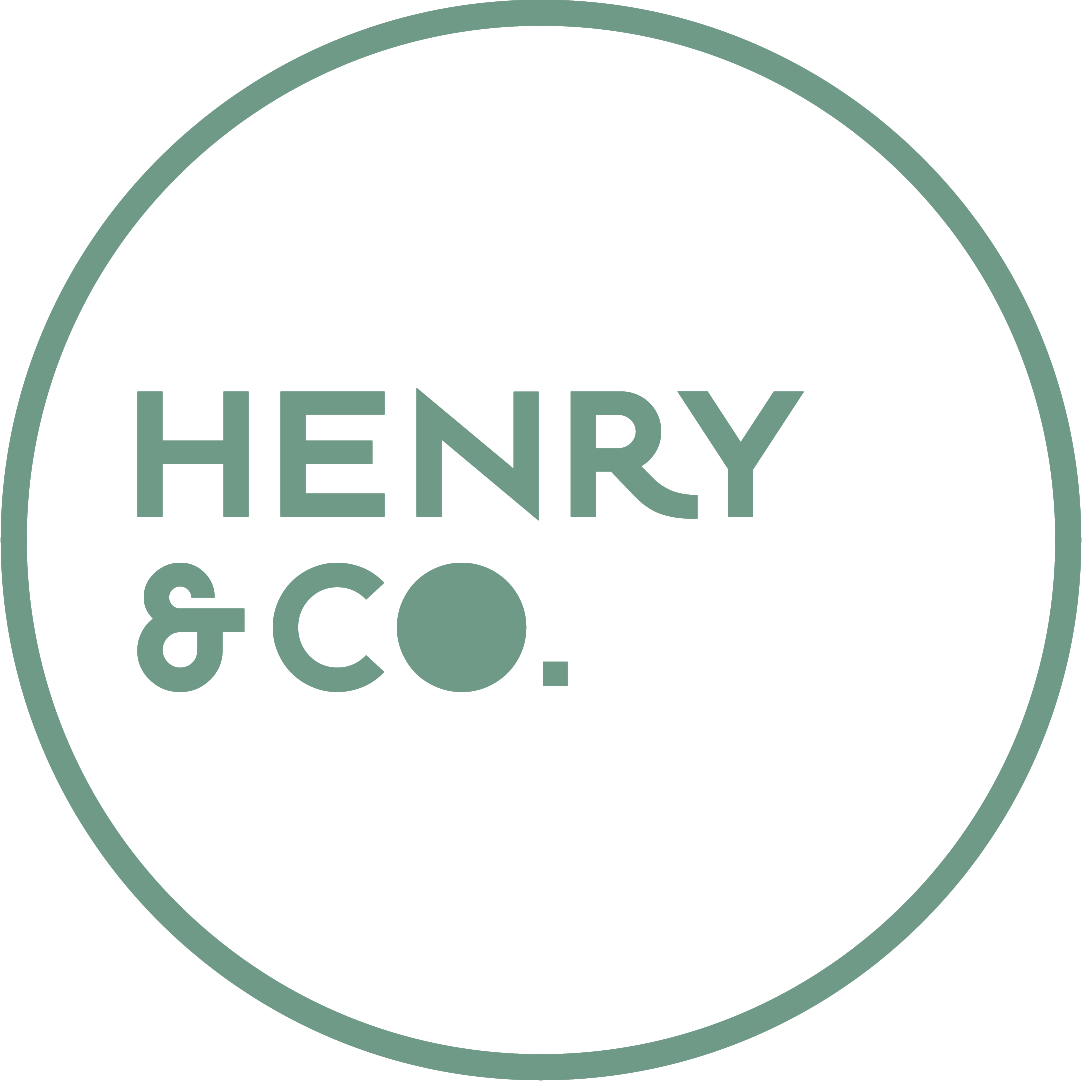The food packaging design involves designing the most suitable food packaging to meet a series of specific requirements. Among these, the type of food product to be packaged, regulatory references, safety and performance guarantees, and protection from deterioration.
Environmental impact assessment has become crucial today. Given the large amount of waste produced, the choice of eco-friendly packaging becomes a vital solution for companies. Opting for sustainable food packaging is a way to begin actively optimizing activities with a focus on sustainability. At the same time, it responds to the increasing demand for sustainability from both consumers and institutions.
1. What is food packaging?
To understand what food packaging is and the scope of food packaging, some general notions about packaging are essential. Useful for this purpose is the reference to art. 218 of the Environmental Code (Legislative Decree 152/2006).
Here, packaging is described as “the product (…) used to contain certain goods, from raw materials to finished products, to protect them, to allow their manipulation and delivery from the producer to the consumer or user, and to ensure their presentation.”
Specifically, in the field of food packaging, the “goods” are food products.
A food package must:
- be suitable for the characteristics of the food product;
- guarantee the preservation of the food, safeguarding freshness and properties;
- protect the food from any potential source of alteration or contamination;
- facilitate logistics processes;
- clearly communicate the characteristics of the food and the producing company.
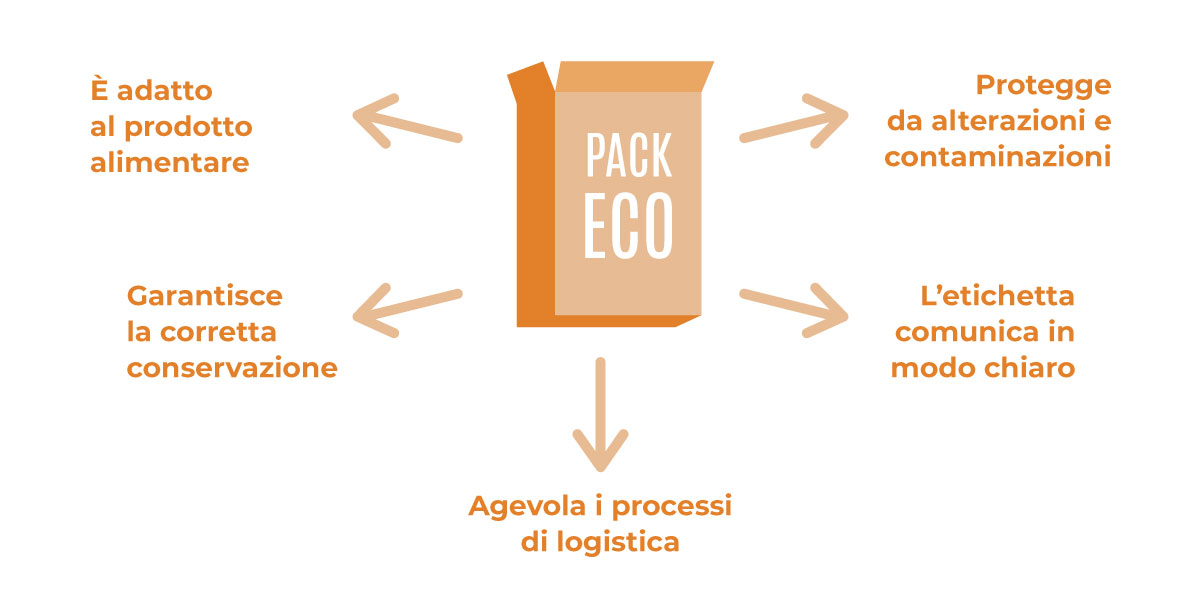
2. What are the main materials used in sustainable food packaging?
In food packaging design, the material selection of the packaging is a step that requires particular attention. Safety, hygiene, and performance are fundamental for food package design, but they are not the only criteria. There are also Italian and European regulatory references that set the parameters to follow based on the category of food and process.
Material selection should focus on non-toxic substances, with a known origin that is safe for consumers and for maintaining product integrity. These are non-harmful elements that do not alter or contaminate food to the point of posing health risks or changing its properties.
2.1 What are the materials for eco-friendly packaging in food packaging design?
The most frequently used materials in food packaging design are: glass, metal, specific plastic materials, paper, and cardboard. Among the plastic materials, choices often include: polyethylene (PE), polystyrene (PS) and extruded polystyrene (XPS), polyethylene terephthalate (PET), polypropylene (PP), and polylactic acid (PLA).
The use of polylactic acid is, in particular, the basis for creating exemplary sustainable food packaging. PLA is a biodegradable substance that contains no petroleum but is of natural origin. Made using corn, sugar beets, potatoes, or sugar cane, it is an excellent resource for food packaging.
3. What does the MOCA acronym mean in the context of food packaging?
The acronym MOCA stands for “materials and objects in contact with food”. These are objects and materials that a food product may come into contact with throughout its entire life cycle. An eco-friendly package, a kitchen utensil, and a food processing machine are examples of MOCA.
European regulatory references for MOCA include Regulation (EC) 1935/2004, with later updates, and Regulation (EC) 2023/2006. Together, they establish that:
- the materials must ensure the protection of human health and the proper preservation of the state of the food. They must not alter the properties of the food they come into contact with, which could pose risks for consumers;
- good manufacturing practices must be followed in producing the materials and objects intended to contact food;
- correct MOCA labeling, (including the use of the glass/fork symbol), which can provide comprehensive information, is crucial.
4. What are eco-friendly food packaging materials?
Today, in food packaging design, there is increasing attention on eco-friendly packaging, also known as sustainable food packaging. These are packages designed with a sustainable approach, considering the environmental impact throughout the entire life cycle to minimize it. European regulations stipulate that eco-friendly packaging must guarantee the same hygiene, health protection, and food safety performance as less eco-friendly options. Whether it is compostable, biodegradable, or recycled food packaging, numerous alternatives are available to companies.
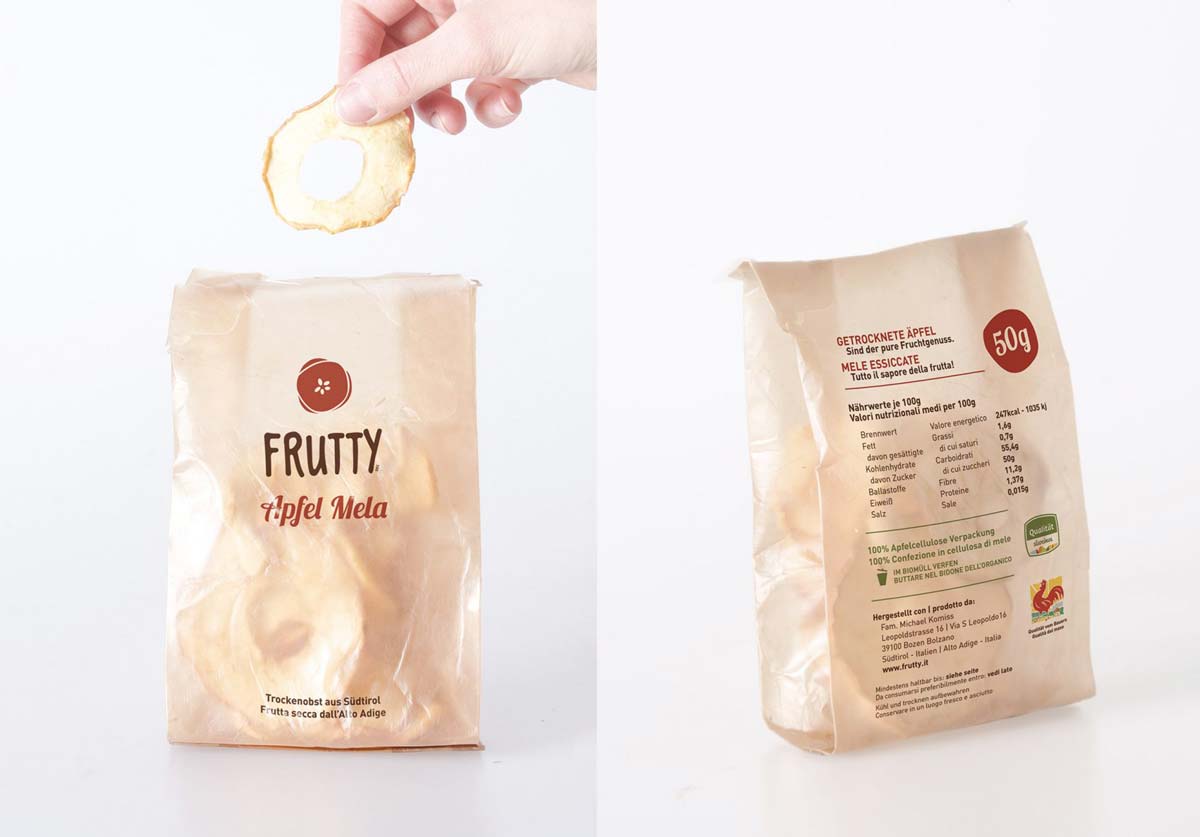

Choosing a sustainable food package benefits the planet and aligns with current market trends where sustainability is a priority. Its use can be an opportunity for businesses to rethink their operations, promoting a transition to circular economic models.
In this way, commitment to environmental protection is no longer just a goal but a concrete orientation integrated into every business function. Additionally, the use of eco-friendly packaging provides concrete responses to the demand for sustainability, expressed urgently by institutions and consumers.
5. How is sustainable food packaging made?
When creating eco-friendly food packaging, every choice is considered to minimize waste, garbage, and pollution. This means making appropriate selections at least at three levels:
- eco-design of sustainable packaging, reducing the quantity of packaging (including the number of components and materials) and using the LCA (Life Cycle Assessment) approach;
- choosing innovative materials, that are ecological, easily reusable and/or recyclable, compostable, biodegradable, edible, sourced from renewable sources, etc.;
- using clean energy and processes and sustainable supply chains.
PLA, cornstarch, cellulose pulp, potato starch, oat shells, mushrooms are some examples of materials for eco-friendly food packaging. Businesses have a wide variety of solutions available that offer both sustainability and performance. In other words, with excellent performance in minimizing environmental impact while protecting food.
